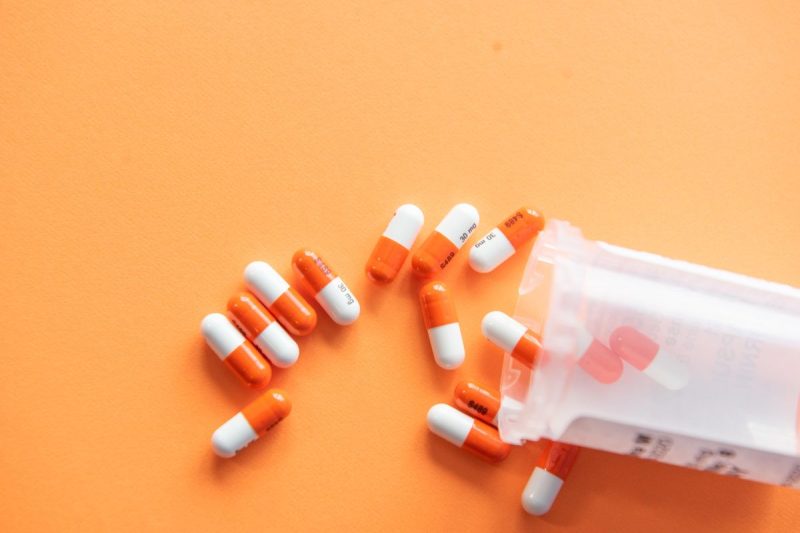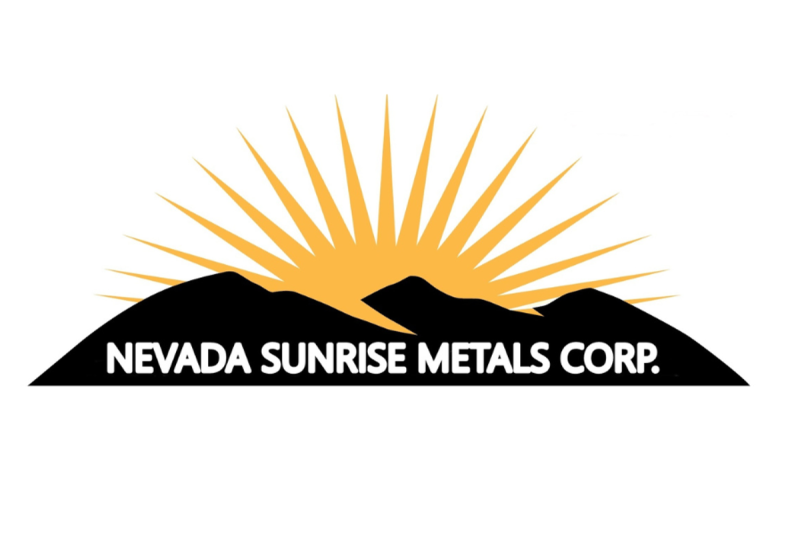5 Biggest Pharmaceutical ETFs in 2023


The pharmaceutical market reached a total value of US$1.48 trillion in 2022, according to Statista, up significantly from US$888 billion in 2010. By 2028, that value is expected to increase even further to an estimated US$1.6 trillion.
Experienced and novice investors alike may want to consider pharmaceutical exchange-traded funds (ETFs) as a way to gain exposure to the top pharma companies. Like all ETFs, pharmaceutical ETFs are a good option for those who want to trade a set of assets in the pharmaceutical industry instead of focusing solely on individual pharmaceutical stocks.
The main advantage of pharma ETFs is the fact that they provide exposure to an overarching sector, but still trade like a stock; they also offer less market volatility and lower fees and expenses.
The pharmaceutical ETFs on this list are arranged by their net asset value as of August 16, 2023.
1. VanEck Vectors Pharmaceutical ETF (NASDAQ:PPH)
Net asset value: US$422.15 million
Established in late 2011, the VanEck Vectors Pharmaceutical ETF tracks the MVIS US Listed Pharmaceutical 25 Index. It has the capacity to provide big returns, even though there are some risks attached to the ETF. An analyst report indicates that investors looking for ‘tactical exposure’ to the pharma sector might consider this ETF as an investment option.
The ETF has 26 holdings, including top constituents such as Johnson & Johnson (NYSE:JNJ), Novo Nordisk (NYSE:NVO), AbbVie (NYSE:ABBV), Eli Lilly and Company (NYSE:LLY) and Teva Pharmaceuticals (NYSE:TEVA), all with weightings of over 5 percent each.
2. iShares US Pharmaceuticals ETF (ARCA:IHE)
Net asset value: US$391.72 million
Created on May 5, 2006, this iShares ETF tracks some of the top US pharma companies. In total, the ETF has 41 holdings, with 73 percent being large-cap stocks, 20.5 percent being mid-cap stocks and 6.4 percent being micro-cap and small-cap stocks.
Its top holdings include Eli Lilly and Company at 25.86 percent, Johnson & Johnson at 22.52 percent, Zoetis (NYSE:ZTS) at 4.77 percent, Viatris (NASDAQ:VTRS) at 4.68 percent, and Merck (NYSE:MRK) with a 4.13 percent weightage.
3. Invesco Dynamic Pharmaceuticals ETF (ARCA:PJP)
Net asset value: US$298.01 million
The Invesco Dynamic Pharmaceuticals ETF is primarily focused on providing exposure to US-based pharma companies. An analyst report states that this ETF chooses individual securities based on certain investment criteria, namely stock valuation and risk factors.
This ETF was started on June 23, 2005, and currently tracks 23 holdings. Its top holdings are pharma giants such as Eli Lilly, AbbVie, Gilead Sciences (NASDAQ:GILD), Amgen (NASDAQ:AMGN), Merck and Johnson & Johnson, all weighing in at over 5 percent each.
4. SPDR S&P Pharmaceuticals ETF (ARCA:XPH)
Net asset value: US$230.56 million
The SPDR S&P Pharmaceuticals ETF came into the market on June 19, 2006, and represents the pharmaceutical sub-industry sector of the S&P Total Markets Index. An analyst report for the ETF suggests that, due to its narrow focus — which includes pharma giants that post ‘big returns’ during times of consolidation — it should not be considered for a long-term investment portfolio.
This pharma ETF tracks 38 holdings and its top five are all weighted between 4.92 and 7.6 percent, including Catalent (NYSE:CTLT), Viatris, Eli Lilly, Reata Pharmaceuticals (NASDAQ:RETA), and Elanco Animal Health (NYSE:ELAN).
5. KraneShares MSCI All China Health Care Index ETF (ARCA:KURE)
Net asset value: US$72.99 million
The KraneShares MSCI All China Health Care Index ETF was launched in February 2018 and tracks an index of large- and mid-cap Chinese stocks in the healthcare sector, all weighted by market capitalization. According to an analyst report, the fund provides investors with ‘exposure to a relatively small slice of the Chinese economy that tends to be dominated by pharmaceuticals.’
The ETF tracks 85 holdings, and its top holdings include WuXi Biologics (HKEX:2269,OTC Pink:WXIBF) at 9.37 percent, Shenzhen Mindray Bio-Medical Electronics (SZSE:300760) at 6.19 percent, BeiGene (HKEX:6160) at 4.97 percent, and Jiangsu Hengrui Medicine (SHA:600276) at 4.95 percent.
Securities Disclosure: I, Melissa Pistilli, hold no investment interest in any of the companies mentioned in this article.



